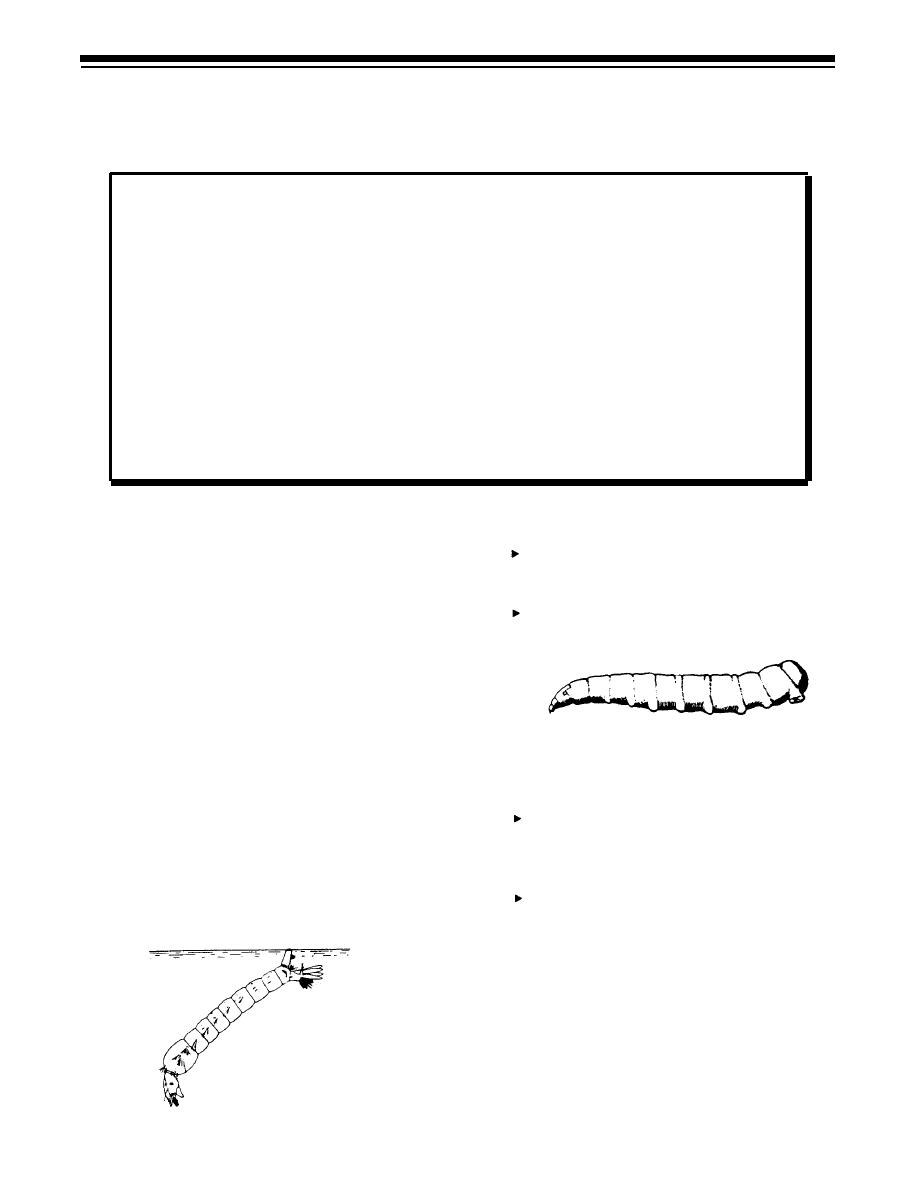

Custom Search
|
|

|
||
 CHAPTER 1
HOUSEFLIES AND THEIR RELATIVES
Learning Objectives
After completion of the study of House Flies and Their Relatives, the trainee should
be able to:
Describe the life cycle and habits of common urban flies.
Given a specimen of a common urban pest fly species, identify its
common name or group.
Given a fly management problem, describe pest management procedures needed
to suppress it.
In Group 1:
Of the five most serious diseases in the world,
The adults are small -- gnat or
flies, including mosquitoes, spread the organisms that
mosquito-like with long antennae and
are responsible for four: Malaria, sleeping sickness,
slender legs.
Leishmaniasis and filariasis. They also are responsible
Larvae have head capsules and most
for yellow fever, typhoid, and various diarrheal
live in water or moist soil.
illnesses. In the United States, the toll of the worst
afflictions -- heart attacks, cancer and strokes -- is
annually numbered in the thousands; in the tropics, the
dead and disabled from fly borne diseases are counted
by the millions. In the United States, flies are
considered more annoying than dangerous; as recently
as the turn of the 20th century, however, malaria and
Fly Maggot
typhoid were major health problems.
Flies, the order Diptera, are one of the largest
In Group 2:
and most dynamic orders of insects. This vast order is
The adults have stout bodies; their
characterized by having only one pair of wings. Most
antennae are short or not visible; some
flies are also small, soft bodied; often, two large eyes
are relatively large but usually not long
that cover the front of the head.
legged.
Flies can be divided into two groups;
Larvae do not have discernible heads
distinguishing differences center around the appearance
and are often maggot-like. Their
of the larvae and adults.
harborage varies -- they live in water,
filth, soil, carcasses, plant tissues or
animal tissues.
All dull gray flies about l/4 inch long found
inside or even near structures will likely be called
House flies. If the identification is incorrect, it
probably is not far wrong.
Mosquito Larva
Module Two, Chapter 1, Pg 1
|
 |
|
 |
||